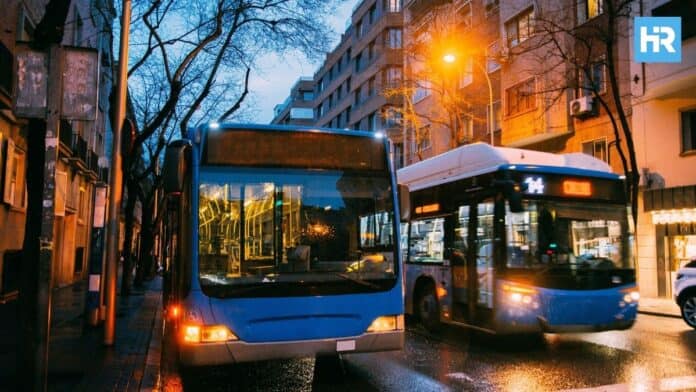Explore the recent developments as New Jersey train stations become transit points for migrants heading to New York City, following Mayor Eric Adams’ executive order. Get insights on local and federal responses, and understand the broader implications of this migration trend.
- Buses of migrants are arriving at New Jersey train stations as a workaround to New York City’s new migrant arrival regulations.
- Mayor Eric Adams’ executive order mandates advance notice and restricted hours for migrant bus arrivals, leading to the use of New Jersey stations.
- The situation highlights the need for federal intervention and coordination in handling the influx of asylum seekers in major cities.
Migrant Buses Arriving at New Jersey Train Stations
In recent months, New York City has been the focus of a migrant crisis, with thousands of individuals sent from the southern border. This has led to significant policy and logistical challenges for city and state officials.
New Jersey’s Involvement
- New Jersey’s Role: Buses carrying migrants bound for New York City have started arriving at train stations in New Jersey. This is seen as a response to New York City Mayor Eric Adams’ executive order aiming to regulate the arrival of migrants in the city. New Jersey is primarily being used as a transit point for these migrants, most of whom continue their journey to New York City.
- Local Impact: Mayors of various New Jersey municipalities, including Secaucus and Fanwood, reported that migrants were sent via bus to their local train stations. Secaucus Mayor Michael Gonnelli estimated that four buses of migrants arrived on a single Saturday morning. He described this as a tactic to circumvent New York City’s executive order.
New York City’s Executive Order
- Details: The executive order issued by Mayor Eric Adams requires bus operators to provide at least 32 hours’ advance notice of migrant bus arrivals and limits the hours of drop-off times in New York City.
- Response and Criticism: The bus operators appear to be using the New Jersey train stations as a loophole to comply with New York City’s executive order. This has led to unexpected consequences, as pointed out by Mayor Gonnelli, suggesting that the order may be too stringent.
Coordinated Efforts and Statements
- Governor’s Office: New Jersey Governor Phil Murphy’s office is closely coordinating with federal and local partners on this matter. A spokesperson for the governor mentioned the importance of guidance from the governor on next steps as buses continue to arrive.
- New York City’s Stance: A spokesperson for New York City’s City Hall emphasized the city’s efforts in providing care and vital services to over 161,000 migrants since spring 2022. The executive order is part of these efforts, ensuring the safety and well-being of both migrants and city staff.
Broader Context
- National Conversation: The situation has sparked a broader conversation on immigration and the treatment of asylum seekers. Texas Governor Greg Abbott has been criticized for treating asylum seekers as political pawns and sending them to surrounding areas with train tickets to New York City. This tactic is seen as a response to similar executive orders in cities like Chicago.
- Federal Involvement Requested: New York City Mayor Adams, along with the mayors of Chicago and Denver, have called for more federal help and coordination over the growing number of asylum-seekers arriving in their cities. They seek more federal funds, expanded work authorization, and a schedule for when buses arrive.
The arrival of migrant buses at New Jersey train stations represents a complex challenge involving city, state, and federal entities. It underscores the ongoing difficulties in managing the migrant crisis in the United States and the need for coordinated efforts across different levels of government.






